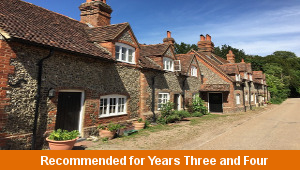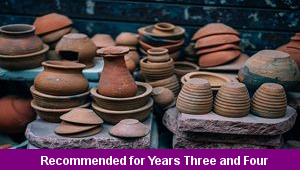Lesson Five – Wholes and Parts

This maths teaching pack for Key Stage Two gets the children to investigate and record how to add pairs of mixed number fractions with different denominators.
The class can identify and explain the steps that can be followed when converting a pair of fractions to use the same matching denominators so that they can be easily added together.
Download this teaching pack including a lesson plan, classroom activities and an interactive presentation to teach the children to investigate and record how to add pairs of mixed number fractions with different denominators
Activities in this teaching pack include differentiated worksheets to model and record how to add pairs of mixed number fractions with different denominators by using their lowest common multiples to make it easier to complete each of the calculations sums.
The interactive presentation gets the children to identify and explain how to convert a pair of mixed number fractions to use the same denominators so that the fractions can be added together.
This lesson is part of a maths scheme of work to get the children to model and record the steps that can be used to solve problems by adding and subtracting pairs of non-unit and mixed number fractions. There are teaching activities for shared learning, differentiated worksheets to support independent learning and interactive presentations to introduce concepts and key skills.
-

Cities, Towns and Villages
Research and present the history of a range of different buildings and people that are part of the local community using a school exhibition
-

Recycling
Research and present some of the benefits and disadvantages that can be produced when recycling different materials at home and in school
-

Viking Pots
Develop and refine a range of different art and design techniques when working with clay to make pots that represent Viking culture and traditions
-

Bronze Age
Research and illustrate how life in Britain developed and changed during the Bronze Age including the growth of communities and trade
